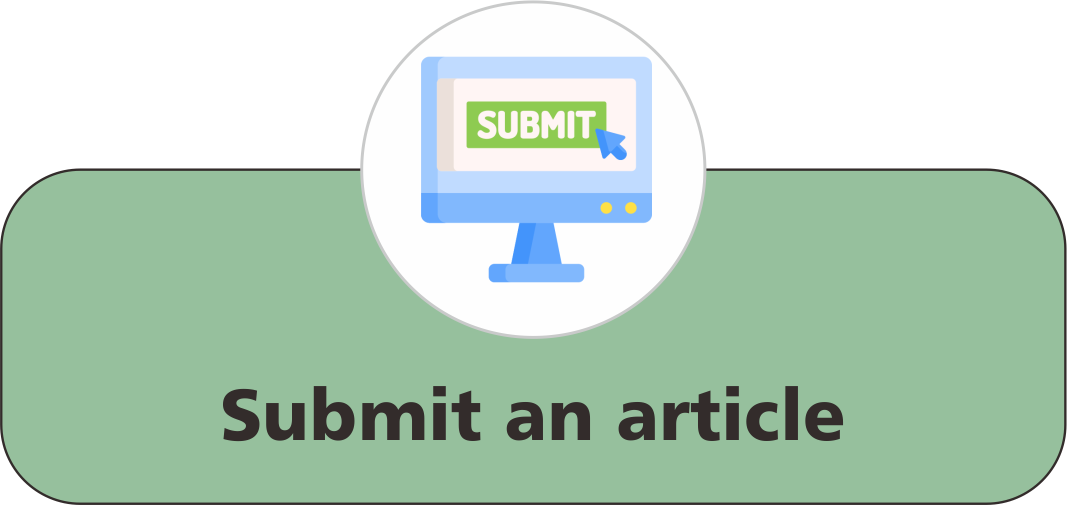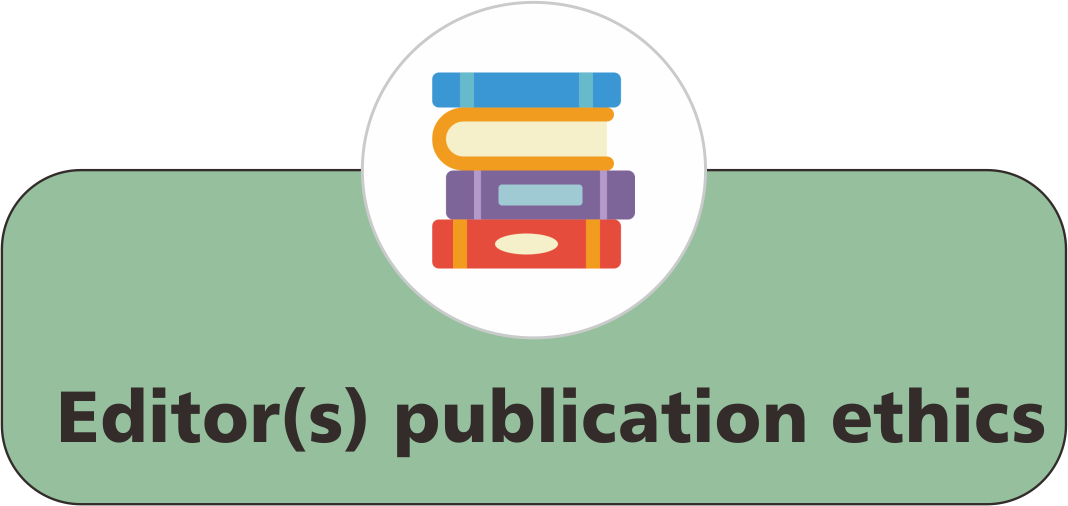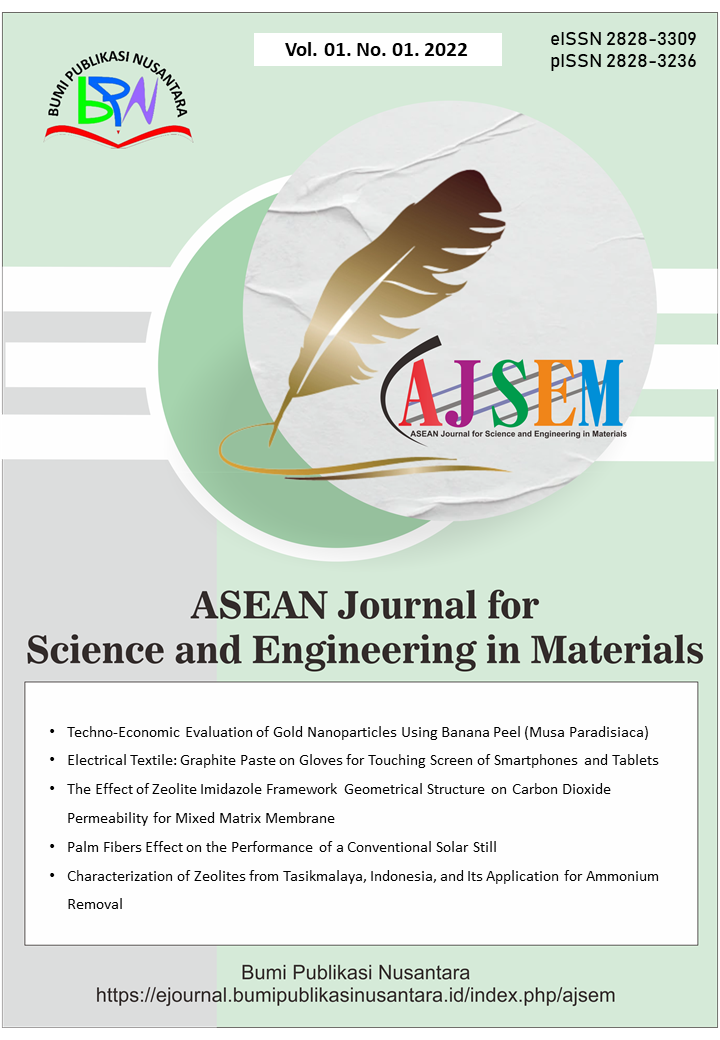Hard and Soft Acids and Bases (HSAB): Investigating Adduct Formation in Non-Aqueous Solvent Media with Selected Divalent Class B Metal Ions in Chemistry
 ),
),
(1) Nwafor Orizu College of Education Nsugbe
 Corresponding Author
Corresponding Author
Abstract
Keywords
References
Brisbin, D. A., and Richards, G. D. (1972). Kinetics of the reaction of some first-row transition metals with protoporphyrin IX dimethyl ester. Inorganic Chemistry, 11(11), 2849-2850.
Derks, A., Schaven, K., and Bruce, D. (2015). Diverse mechanisms for photoprotection in photosynthesis. Dynamic regulation of photosystem II excitation in response to rapid environmental change. Biochimica et Biophysica Acta (BBA)-Bioenergetics, 1847(4-5), 468-485.
Gregory, S. A., Li, Y., Monroe, T. D., Li, J., Yee, S. K., and Losego, M. D. (2021). Vapor phase infiltration doping of the semiconducting polymer poly (aniline) with TiCl4+ H2O: mechanisms, reaction kinetics, and electrical and optical properties. ACS Applied Polymer Materials, 3(2), 720-729.
Jayeoye, T. J., Sirimahachai, U., Wattanasin, P., and Rujiralai, T. (2022). Eco-friendly poly (aniline boronic acid)/gum tragacanth stabilized silver nanoparticles nanocomposite for selective sensing of Hg2+. Microchemical Journal, 182, 107949.
Krish, A., Streicher, J. W., and Hanson, R. K. (2022). Spectrally-resolved ultraviolet absorption measurements of shock-heated NO from 2000 K to 6000 K for the development of a two-color rotational temperature diagnostic. Journal of Quantitative Spectroscopy and Radiative Transfer, 280, 108073.
Li, Y., Zhang, Z., Liu, X., Che, S., Shi, N., Chen, Y., and Yan, M. (2022). Adsorption behavior and mechanism of Lead (Pb2+) by sulfate polysaccharide from enteromorpha prolifera. International Journal of Biological Macromolecules, 207, 760-770.
Li, Z., Li, X., Raiguel, S., and Binnemans, K. (2018). Separation of transition metals from rare earths by non-aqueous solvent extraction from ethylene glycol solutions using aliquat 336. Separation and Purification Technology, 201, 318-326.
Lutz, L., Alves Dalla Corte, D., Tang, M., Salager, E., Deschamps, M., Grimaud, A., Johnson, L., Bruce, P.G. and Tarascon, J.M. (2017). Role of electrolyte anions in the Na–O2 battery: implications for NaO2 solvation and the stability of the sodium solid electrolyte interphase in glyme ethers. Chemistry of Materials, 29(14), pp.6066-6075.
Melchior, A., Tolazzi, M., Polese, P., and Zanonato, P. L. (2017). Thermodynamics of complex formation of silver (I) with N-donor ligands in non-aqueous solvents. Journal of Thermal Analysis and Calorimetry, 130, 461-469.
Nie, H., Mo, H., Zhang, M., Song, Y., Fang, K., Taylor, L.S., Li, T. and Byrn, S.R., 2015. (2015). Investigating the interaction pattern and structural elements of a drug–polymer complex at the molecular level. Molecular Pharmaceutics, 12(7), 2459-2468.
Osada, I., de Vries, H., Scrosati, B., and Passerini, S. (2016). Ionic‐liquid‐based polymer electrolytes for battery applications. Angewandte Chemie International Edition, 55(2), 500-513.
Shimizu, I., Morimoto, Y., Faltermeier, D., Kerscher, M., Paria, S., Abe, T., Sugimoto, H., Fujieda, N., Asano, K., Suzuki, T. and Comba, P. (2017). Tetrahedral copper (II) complexes with a labile coordination site supported by a Tris-tetramethylguanidinato ligand. Inorganic Chemistry, 56(16), pp.9634-9645.
Singh, R. K., Kumar, R., Jain, N., Kuo, M. T., Upadhyaya, C. P., and Singh, J. (2019). Exploring the impact of the Pb2+ substitution by Cd2+ on the structural and morphological properties of CH3NH3PbI3 perovskite. Applied Nanoscience, 9(8), 1953-1962.
Sousa, N. G., Sousa, C. P., Campos, O. S., de Lima-Neto, P., and Correia, A. N. (2019). One-step preparation of silver electrodeposits from non-aqueous solvents. Journal of Molecular Liquids, 288, 111091.
Tahmasbi, A., Jafari, A., and Nikoo, A. (2023). Synthesis, characterization, and nonlinear optical properties of copper (II) ligand Schiff base complexes derived from 3-Nitrobenzohydrazide and benzyl. Scientific Reports, 13(1), 10988.
Vahdati-Rad, F., Housaindokht, M. R., Jalal, R., Eshtiagh Hosseini, H., Verdian Doghaei, A., and Sadeghi Goghari, S. (2014). Spectroscopic and molecular modeling based approaches to study on the binding behavior of DNA with a copper (II) complex. Journal of Fluorescence, 24, 1225-1234.
Werblinski, T., Mittmann, F., Altenhoff, M., Seeger, T., Zigan, L., and Will, S. (2015). Temperature and water mole fraction measurements by time-domain-based supercontinuum absorption spectroscopy in a flame. Applied Physics B, 118, 153-158.
Article Metrics
Abstract View : 384 times
: 384 times Download : 318 times
Download : 318 times
Refbacks
- There are currently no refbacks.
Copyright (c) 2024 Bumi Publikasi Nusantara

This work is licensed under a Creative Commons Attribution-ShareAlike 4.0 International License.









